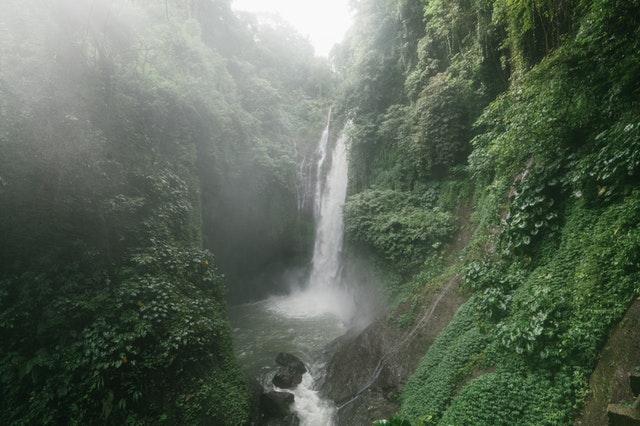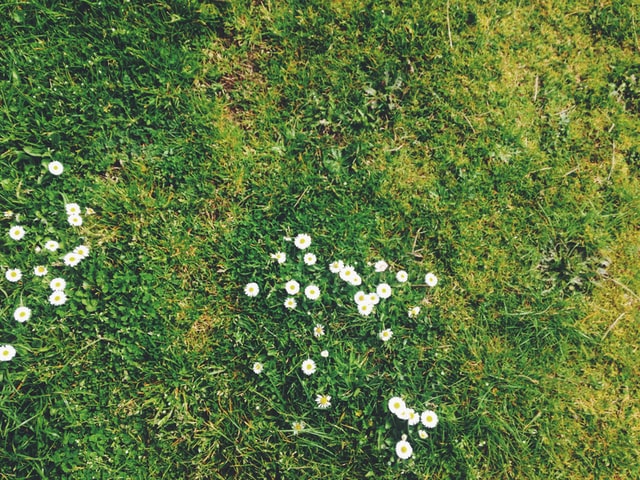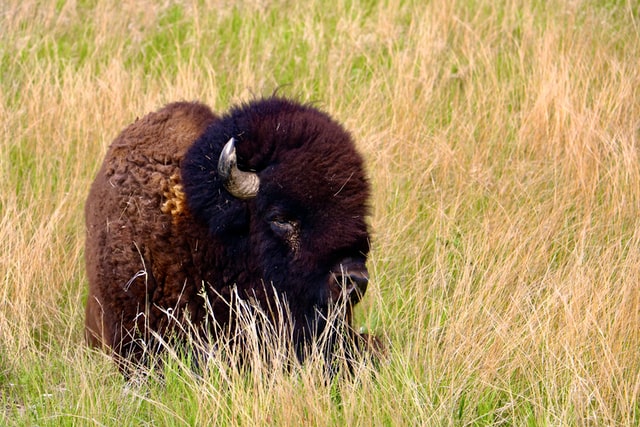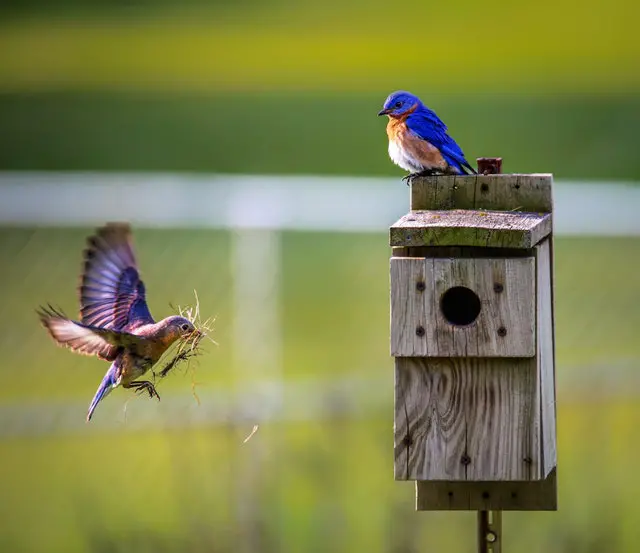Compared to a century ago, only 4% of wild tigers are left on earth; every 22 hours, a rhino is being poached; every day,100 elephants are being killed in Africa.
As alarming as it sounds, these are only hard facts that are the results of human actions.
Animals around the world are facing extinction, endangerment, and habitat destruction. While we have built civilizations and fine-tuned our comfort and luxury, we forget what we are doing to the planet and its other inhabitants.
If we are looking for a silver lining – there is still time to take responsibility. If every single one of the 7.6 billion people on earth committed to doing one good thing to protect wildlife, then it would make a significant difference. No matter how small it is, every action will have a major impact. Here are some ways that will help you understand how you can contribute to the protection of wild animals.
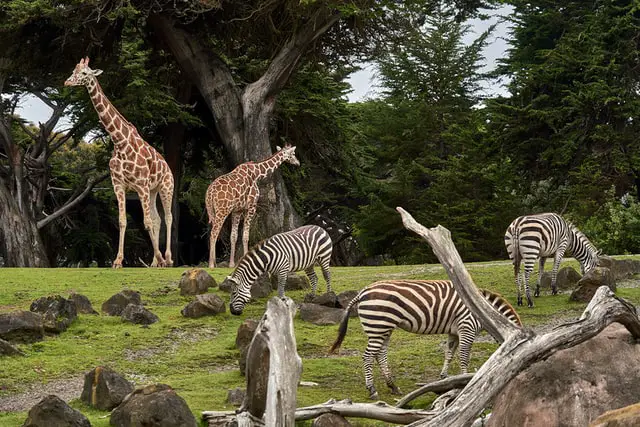
1. Protect the Environment
If you are trying to reduce harm for wild animals, what better way there is than to help protect the environment they live in. You can work with organizations that restore ecosystems, conduct clean-up activities, or even join the local trash clean-up. However, before you proceed with such group activities, you can start right at your home by doing the following:
- Reduce your consumption of energy and natural resources.
- Reuse or upcycle items that are in good condition. If you have no use – consider giving them to charity.
- Recycle everyday items such as glass, cans, paper products, plastic containers, and cardboard. Dispose of batteries and electronics at proper collection centers that can handle them properly.
- Respect wild animals by not approaching them and keeping a safe distance.
2. Educate Yourself
There are several ways our way of living indirectly inflicts harm on wild animals. As a responsible individual, one of the first things to do is to understand the consequences of your actions. You might have already learned this during your school when your teachers gave you a ‘write paper for me’ assignment about how different species are getting endangered or extinct. However, the idea that it’s the human activities that are responsible for this tends to be glossed over.
There are plenty of things you can do to make your contribution to the planet’s ecology. Stop using products that contain animal by-products or materials such as fur or feathers. You can also try eating less meat, as ranching of farm animals such as cattle can cause biodiversity loss as well. Mainly, think about where your food comes from. Merely having a ‘bio’ stamp does not ensure that it’s all-natural. The product has to be certified by a reputable independent evaluator.
3. Make your Home Wildlife Friendly
Of course, we are not saying to invite animals into your house. But, even if you are not willing to change the inside of your house – you can always work on the outside area. Try covering the entire garden with lawn, try to grow native plants and create flower beds. While at it, avoid using pesticides or chemical fertilizers, which could be toxic to animals.
If you do not have a yard or garden, you can also build a birdhouse for your balcony.
4. Volunteer
Volunteering can be a very satisfying and effective way to help protect wildlife. You can find several organizations that are specialized in wildlife protection. Depending on your skills, knowledge, and interests, you will be able to find an activity that can be beneficial to the wildlife.
For instance, sometimes – you might be helping you clean woodlands, hedgerows, or beaches. Other times, you might be able to teach visitors about wildlife. If possible, you can help rescue wild animals.
Moreover, volunteering allows you to stay close to wild animals and interact with them. This is one of the best ways to learn to understand them better and live harmoniously with them.

5. Stand Up for Wildlife
You might be thinking merely talking about sustainability is not good enough. But voicing your opinion can make a difference in many ways. You can reach out to your local governing bodies and elected officials through social media, encouraging them to support wildlife protection policies.
You can also connect to local communities that are already involved with animal protection.
6. Visit Wildlife Conservations
There is a misconception that zoos and aquariums are only for human entertainment. On the contrary, they play a critical role in animal conservation, research, and education. Such centers can contribute to the wellness of wildlife in many ways.
You can also visit national parks and wildlife refuges as well. The only thing is to make sure that you choose the right places that put their animals first.
7. Symbolic Adoption
While adopting wildlife animals is virtually impossible, there are other ways that you can contribute to organizations that do this work.
Symbolic adoption means you will be donating to adopt an animal. For instance, the World Wildlife Fund offers this program, where the money goes towards saving animals that are critically endangered.
If you are reading this article, you are already taking the first step towards helping animals. Now you know what options are available and what activities you can do to ensure that you are doing your part in making the world a better place for wildlife.

